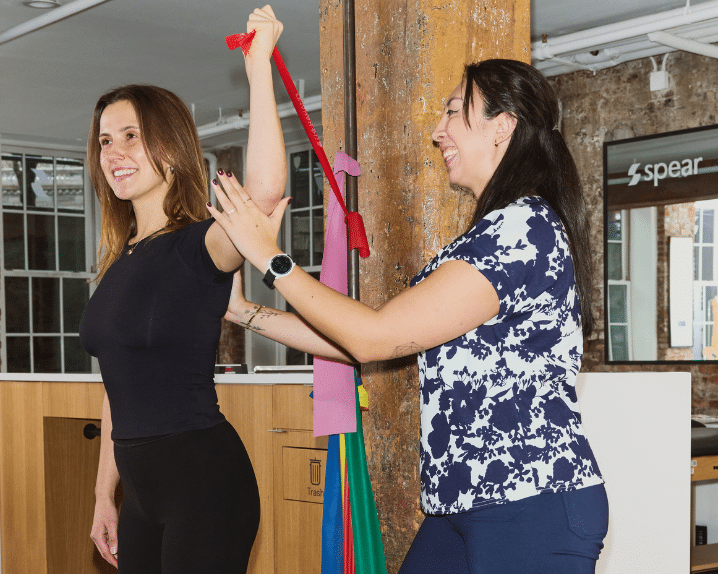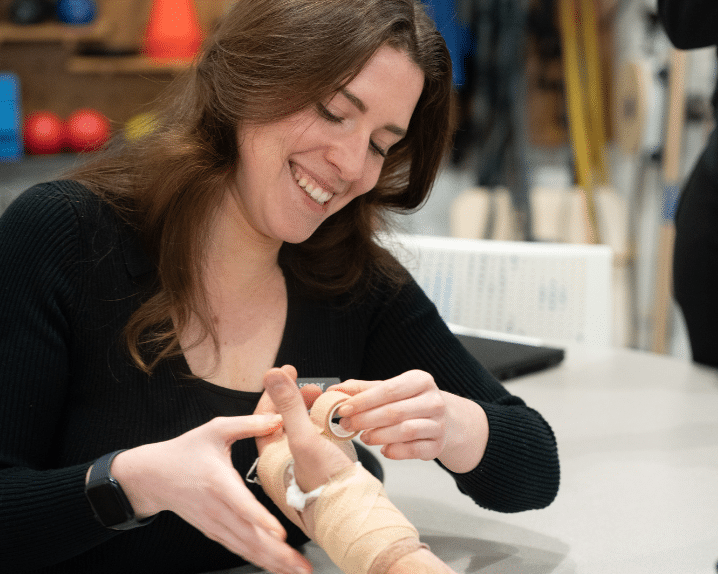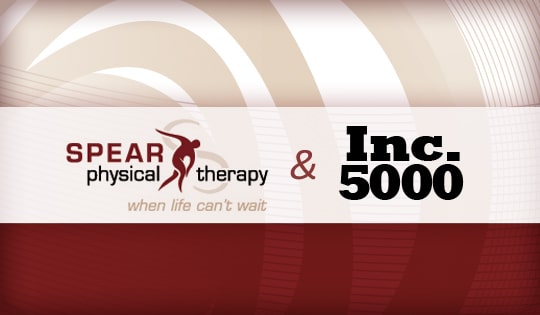For most of us, feeling dizzy or off-balance only happens when we’ve overindulged in our favorite drink. But for those living with vertigo, these symptoms can be a frequent, often debilitating, occurrence. Vertigo describes the feeling of the room spinning, floating, or general lightheadedness that can cause you to feel unstable. Vertigo is associated with the vestibular system, which is composed of three canals and two sacs filled with fluid. The fluid shifts when you turn your head or change positions and stimulates hair cell receptors to tell the brain what’s happening. The brain then uses this information to maintain balance and help the eyes stay focused. Problems in the vestibular system can be caused by how/when the receptors fire or by problems with the nerves that transmit this message to the brain. Vertigo is especially harmful to older adults as it increases the risk of falling. Potential causes may include:
- Inner ear disorders
- Injury to the inner ear
- Motion sickness
- Headache
- Low blood pressure or low blood sugar
- Medication side effects
- Brain disorders
Common Signs & Symptoms
- Lack of balance
- Nausea and vomiting
- Anxiety
- Tiredness
- Inability to concentrate
How Will Physical and/or Occupational Therapy Help?
During a Physical/Occupational Therapy session, you will:
- Perform tests to find your causes of dizziness
- Create a personalized treatment plan to manage your symptoms
- Perform balance, flexibility, and postural exercises
Vertigo is best managed through Vestibular Therapy. Learn more about treatment here.




